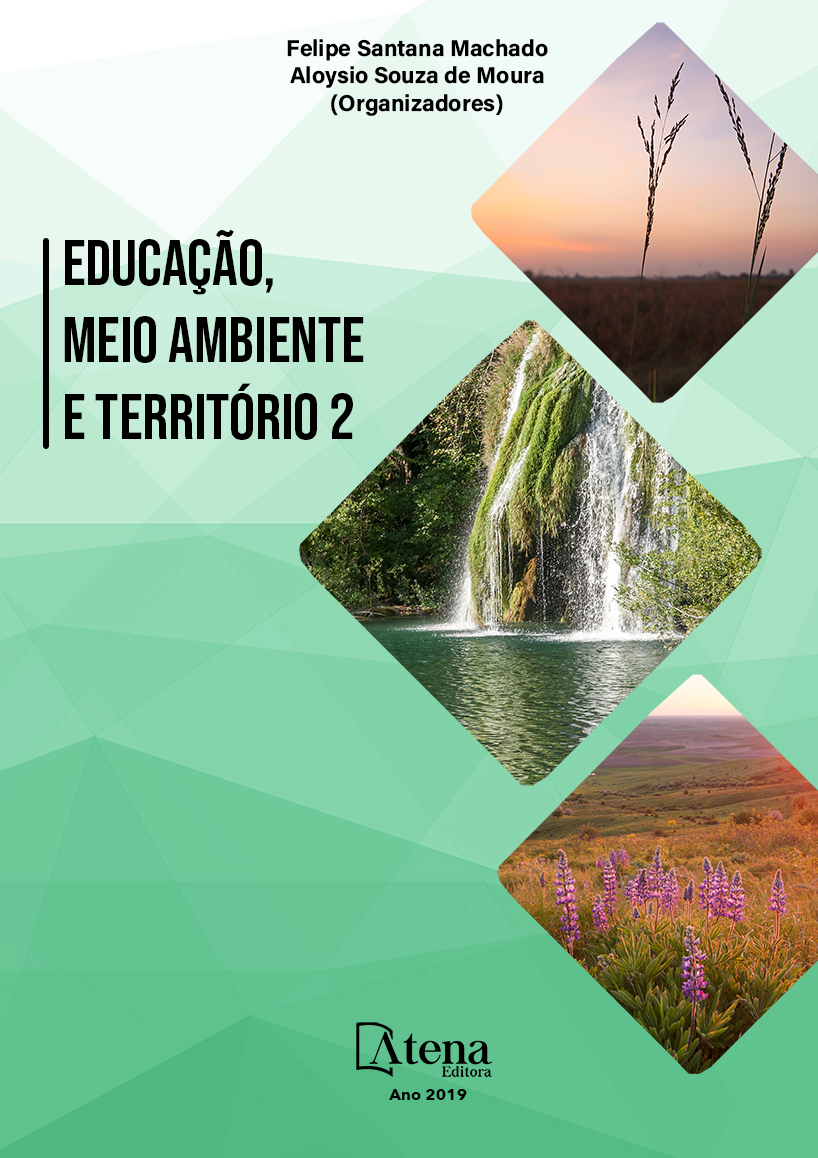
VARIAÇÃO ESPAÇO-TEMPORAL DAS DIATOMÁCEAS DO RESERVATÓRIO DE BELÉM (LAGO BOLONHA)- PA
O fitoplâncton é um indicador de
poluição em reservatórios de abastecimento,
a alta densidade de algumas espécies pode
comprometer a qualidade das águas. As
diatomáceas são organismos unicelulares,
providos de estrutura silicosa (frústula),
sendo bioindicadores de qualidade das
águas continentais. O objetivo deste trabalho
foi avaliar a dinâmica espaço-temporal das
diatomáceas no reservatório de abastecimento
de Belém/PA (Lago Bolonha). Foram
coletadas amostras mensais de água durante
fevereiro/2016 a janeiro/2017 em três pontos:
1- ETA Bolonha; 2- canal de ligação entre os
lagos Bolonha e Água Preta; e 3- ETA São Braz.
Para análise qualitativa a coleta foi através de
rede de plâncton (20 e 45μm) e as amostras
foram fixadas com formol a 4%. As amostras
quantitativas e de clorofila-a foram coletadas na
camada subsuperficial da água e fixadas com
lugol acético e refrigeradas, respectivamente.
Foram coletados e analisados os fatores físicoquímicos
da água. A temperatura e OD foram
maiores em abril/2016, os STD foram altos em
outubro/2016 e STS elevados no ponto 02. Já
DBO e DQO estiveram altos no período chuvoso.
Foram encontradas 70 espécies distribuídas
entre as três classes de diatomáceas, sendo
Bacillariophyceae a mais representativa. As
espécies Aulacoseira granulata, Eunotia sp.
1 e Urosolenia sp. foram as mais frequentes.
A densidade foi maior no período chuvoso.
Foram identificadas duas espécies indicadoras,
Frustulia sp.2 e Urosolenia sp.. O ambiente
foi caracterizado de Mesotrófico a Eutrófico.
Conclui-se que as diatomáceas do Lago Bolonha possuem uma ampla distribuição e
diversidade com as espécies ocorrendo de acordo aos fatores de sazonalidade.
VARIAÇÃO ESPAÇO-TEMPORAL DAS DIATOMÁCEAS DO RESERVATÓRIO DE BELÉM (LAGO BOLONHA)- PA
-
DOI: 10.22533/at.ed.43519210220
-
Palavras-chave: fitoplâncton, reservatório, bioindicadores.
-
Keywords: phytoplankton, reservoir, bioindicators.
-
Abstract:
Phytoplankton is an indicator of pollution in reservoirs, the high density of
some species may compromise water quality. The diatoms are unicellular organisms,
provided with silica structure (frustula), being bioindicators of the quality of the continental
waters. The objective of this work was to evaluate the spatial-temporal dynamics of the
diatoms in the supply reservoir of Belém (Lake Bolonha). Monthly water samples were
collected during February / 2016 to January / 2017 in three points: 1 - ETA Bolonha;
2-channel connection between the lakes Bolonha and Água Preta; and 3- ETA São Braz.
For qualitative analysis the samples were collected through a plankton network (20 and
45 μm), the samples were fixed with 4% formalin. The quantitative and chlorophyll-a
samples were collected in the subsurface layer of the water and fixed with acetic and
refrigerated lugol, respectively. The physical-chemical factors of water were collected
and analyzed. The temperature and OD were higher in April / 2016, the STDs were high
in October / 2016 and STS high in point 02. Both BOD and COD were high in the rainy
season. There were 70 species distributed among the three classes of diatoms, with
Bacillariophyceae being the most representative. The species Aulacoseira granulata,
Eunotia sp. 1 and Urosolenia sp. were the most frequent. The density was higher in the
rainy season. Two indicator species, Frustulia sp.2 and Urosolenia sp. Were identified.
The environment was characterized from Mesotrophic to Eutrophic. It is concluded
that the diatoms of Lake Bologna have a wide distribution and diversity with the species
occurring according to the factors of seasonality.
-
Número de páginas: 15
- Paola Vitória Brito Pires
- Aline Lemos Gomes
- Celly Jenniffer da Silva Cunha
- Samara Cristina Campelo Pinheiro
- Eliane Brabo de Sousa
- Vanessa Bandeira da Costa-Tavares
- PAOLA VITORIA BRITO PIRES


